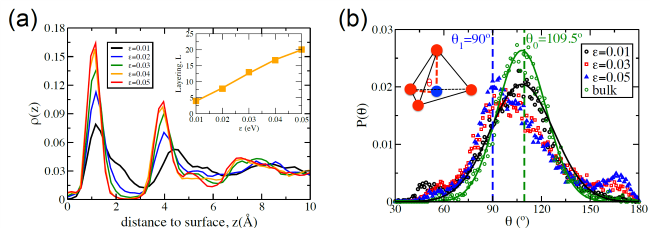2025-06-05 北海道大学

光のスピン角運動量と軌道角運動量が物質によって失われ、それによって物質が回転する様子
<関連情報>
- https://www.hokudai.ac.jp/news/2025/06/post-1909.html
- https://www.hokudai.ac.jp/news/pdf/250605_pr3.pdf
- https://journals.aps.org/prresearch/abstract/10.1103/PhysRevResearch.7.L022052
電磁場の時間微分に基づく角運動量の保存則:光のスピン-軌道変換の解析 Conservation law for angular momentum based on optical field derivatives: Analysis of optical spin-orbit conversion
Shun Hashiyada and Yoshito Y. Tanaka
Physical Review Research Published: 4 June, 2025
DOI: https://doi.org/10.1103/PhysRevResearch.7.L022052
Abstract
We present a theoretical framework for analyzing the loss of optical angular momentum (AM), including spin AM (SAM) and orbital AM (OAM) components, in light-matter interactions. Conventional SAM and OAM conservation laws rely on transverse field components, neglecting longitudinal fields and limiting applicability to a vacuum. Our approach defines optical AM using time derivatives of the electric and magnetic fields, yielding a gauge-invariant formulation that includes both transverse and longitudinal components and explicitly incorporates charge and current densities into SAM and OAM conservation laws. This enables a more complete description of AM dissipation in materials. We apply this framework to analyze spin-orbit conversion (SOC) in two scenarios: the scattering of circularly polarized (CP) Gaussian beams by a gold nanoparticle and focusing of CP Gaussian beams and linearly polarized optical vortex beams by a lens. The results show that SOC depends on particle size and polarization, with notable OAM loss in larger particles and CP Gaussian beam focusing. This framework enables the evaluation of previously overlooked SAM and OAM losses, providing a powerful tool for studying systems in which the analysis of AM losses is intrinsically important, such as chiral materials, as well as for designing photonic devices and exploring light-matter interactions at the nanoscale.



